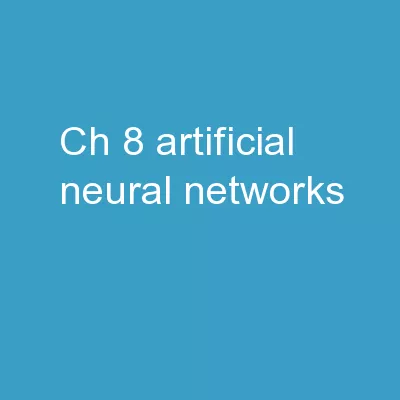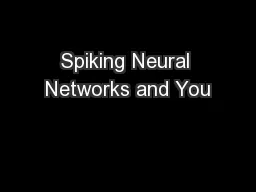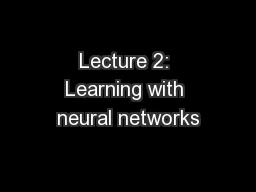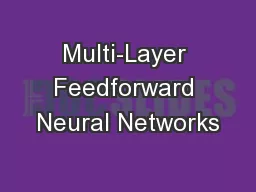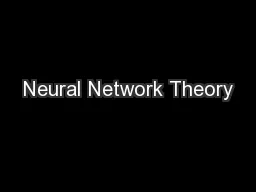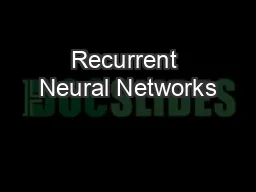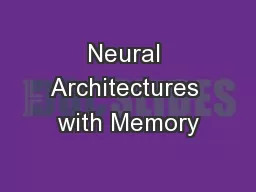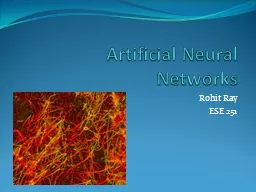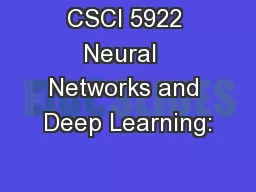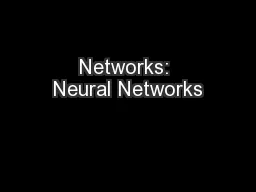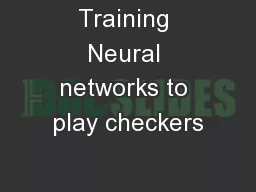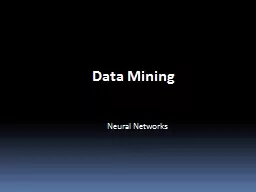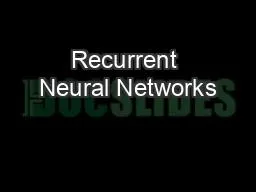PPT-Ch. 8: Artificial Neural networks
Author : myesha-ticknor | Published Date : 2018-11-08
Introduction to Back Propagation Neural Networks BPNN By KH Wong Neural Networks Ch9 ver 8d 1 Introduction Neural Network research is are very hot A high performance
Presentation Embed Code
Download Presentation
Download Presentation The PPT/PDF document "Ch. 8: Artificial Neural networks" is the property of its rightful owner. Permission is granted to download and print the materials on this website for personal, non-commercial use only, and to display it on your personal computer provided you do not modify the materials and that you retain all copyright notices contained in the materials. By downloading content from our website, you accept the terms of this agreement.
Ch. 8: Artificial Neural networks: Transcript
Download Rules Of Document
"Ch. 8: Artificial Neural networks"The content belongs to its owner. You may download and print it for personal use, without modification, and keep all copyright notices. By downloading, you agree to these terms.
Related Documents

